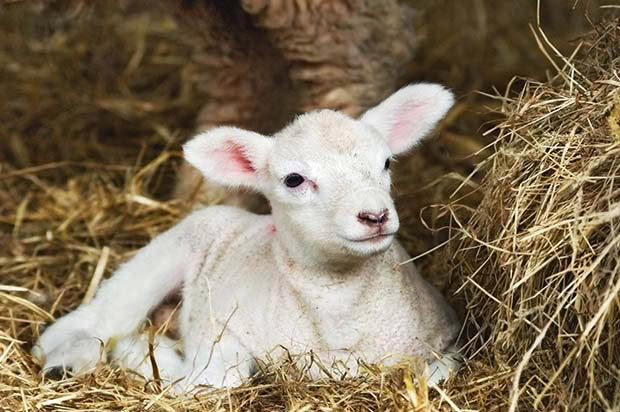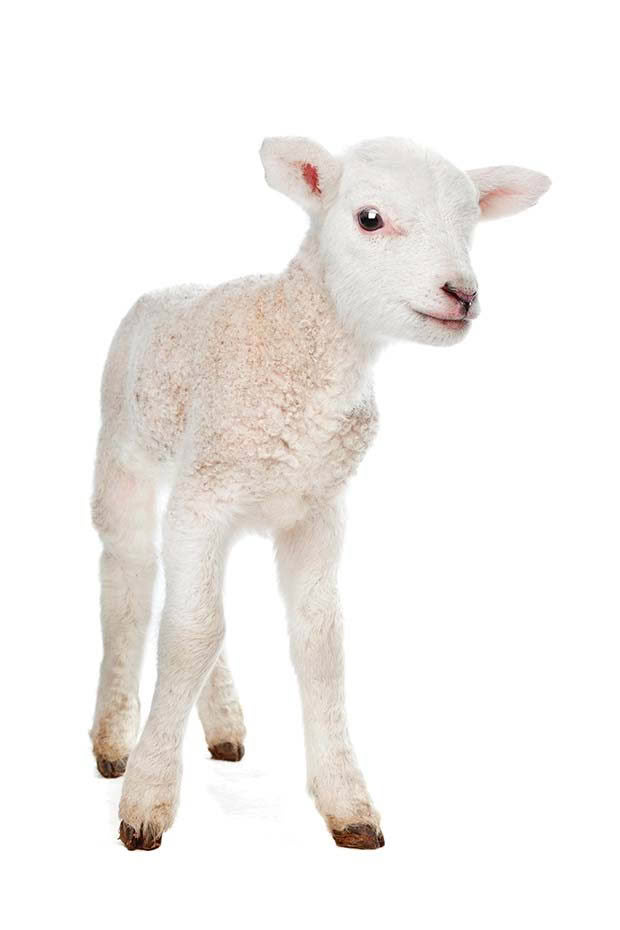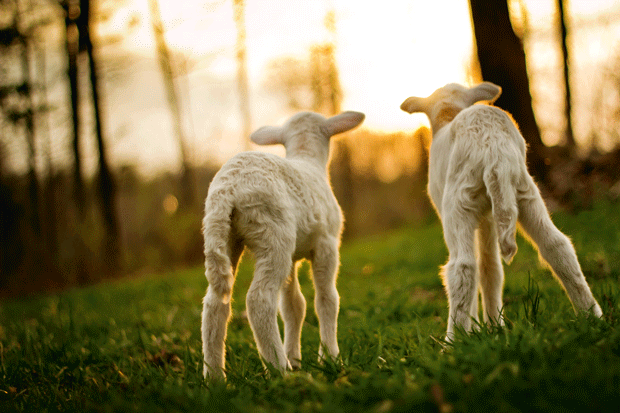10+ management tips to ensure your lambs survive

Lamb survival rates can vary dramatically from farm to farm, and your management plays a big part.
Research has produced a range of survival rates which show that twins can survive to the same extent as singles, but triplets have a definite disadvantage.
Singles 78 – 93%
Twins 78 – 94%
Triplets 58 – 82%
GIVE EWES THE BEST CHANCE TO PRODUCE A GOOD LAMB
• At weaning, cull ewes with defective udders, set a mating weight and ensure good nutritional management so they reach the best condition score. Ideally, you want ewes to be gaining weight as they cycle and are mated which assists in placenta size (it is set in early pregnancy), which in turn has a positive effect on lamb birthweight.
• Protect ewes by vaccinating for toxoplasmosis, clostridia, campylobacter and salmonella – talk to your vet.
• Set your lambing date for when weather conditions and pasture are best for your region and climate – this may be earlier or later than it is for your neighbours or somewhere else in NZ.
• Consider shearing ewes mid-pregnancy (50-100 days after the ram goes out) – optimal is Day 70 – which is known to improve lamb birthweight and survival.
• Check and correct trace elements and vitamins, especially iodine and selenium.
• Scan so you can remove any ewes not pregnant, and give preferential feeding to those carrying triplets and twins.
• Feed twin and triplet-bearing ewes your best pasture in the four weeks before lambing to keep their condition score above 2.5 (3 is ideal) which can increase lamb survival by up to 5%.
• Don’t graze below 4cm as this limits intake and is too low in nutrition, resulting in small, less vigorous lambs and weaker mothering; the flow-on is these lambs only get (on average) 80% of normal colostrum intake and will go on to be lighter at weaning.

GIVE LAMBS THE BEST CHANCE
• Triplets will have a body temperature around 10˚C colder than twins at birth so good shelter is crucial. This can be as simple as hay bales in a cross formation which can reduce heat loss by up to 35%.
• Paddocks that are slightly sloped (5-25°) are preferable: too steep and lambs can roll away, too flat and water pools, chilling lambs.
• Try not to disturb a mother and lamb/s for up to 24 hours after birth, to improve bonding. The longer the mother stays on the birth site, the better the bond.
• If a mother does have triplets, it’s best to bottle-feed the smallest triplet – this can be supplemental (start with mother and lambs in a pen so the triplet gets used to being handled) or you can remove the triplet from its mother and exclusively bottle-feed it.
Source: R&D Brief 108: Lamb Survival Overview – tips for farmers to keep your lambs alive, www.beeflambnz.com
READ MORE ON LAMBING
12 things you need to know about lambing
How to knit a lamb jacket
1 easy way to save a cold wet lamb
 This article first appeared in NZ Lifestyle Block Magazine.
This article first appeared in NZ Lifestyle Block Magazine.



